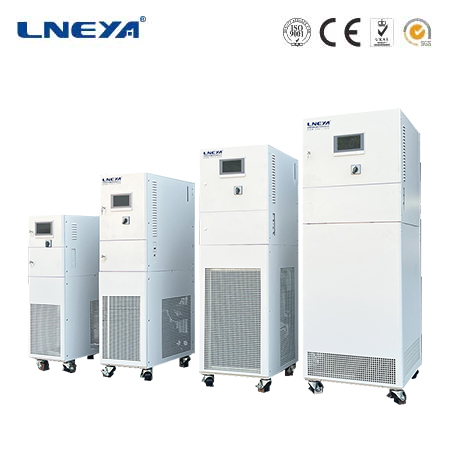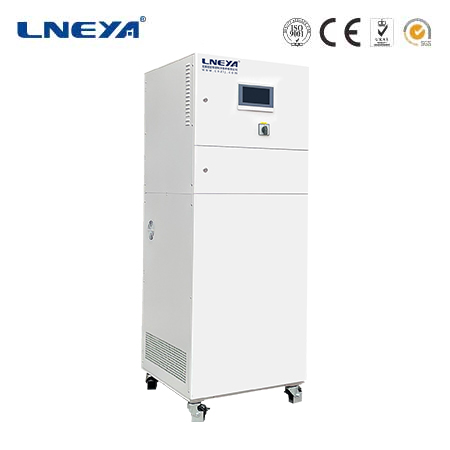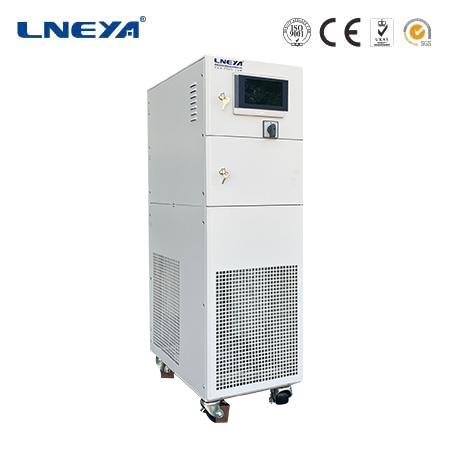difference between chiller and cooler
Difference between Chiller and Cooler
In the realm of cooling technology, the terms “chiller” and “cooler” are often used, but they refer to different types of equipment with distinct characteristics, applications, and working principles. Understanding these differences is crucial for choosing the appropriate cooling solution for various needs.

Definition and Basic Function
A chiller is a complex mechanical device primarily designed for large-scale cooling applications. It operates based on a refrigeration cycle, which typically involves four main components: a compressor, a condenser, an evaporator, and an expansion valve. The compressor raises the pressure and temperature of the refrigerant gas. The hot refrigerant then moves to the condenser, where it releases heat to the surrounding environment and condenses into a liquid. The liquid refrigerant passes through the expansion valve, which reduces its pressure, causing it to cool down and evaporate in the evaporator. In the evaporator, the refrigerant absorbs heat from the medium to be cooled, such as water or air, and then returns to the compressor to complete the cycle. Chillers are commonly used in industrial processes, commercial buildings (like large offices, hospitals, and shopping malls), and data centers to provide a significant amount of cooling capacity.
A cooler, on the other hand, is a more general term that can refer to a wide range of devices used for cooling purposes. Coolers can include simple heat exchangers that transfer heat from one fluid to another, air conditioning units for smaller spaces (such as window units or portable air conditioners), or even cooling systems in vehicles. Unlike chillers, which mainly rely on the refrigeration cycle, coolers can use various methods for heat transfer, such as conduction, convection, and radiation. For example, a simple air cooler may use a fan to blow air over a cooling coil that is cooled by a refrigerant or a cooling liquid, while a water cooler might use a heat exchanger to cool water using a refrigerant or another cooling medium.

Working Principles
As mentioned, chillers operate on the refrigeration cycle, which involves the phase change of a refrigerant. This cycle requires mechanical compression to drive the refrigerant through the system. The refrigerant undergoes a series of processes to absorb and release heat at different locations in the chiller. In contrast, many coolers do not rely on a full refrigeration cycle. For instance, a passive air cooler might simply use the natural flow of air and the heat transfer properties of materials to dissipate heat. Some coolers may use a thermoelectric effect, where an electric current is used to create a temperature difference across a material, allowing heat to be transferred from one side to the other. These alternative heat transfer methods in coolers are often simpler and may not require the complex components and systems found in chillers.
Cooling Capacity
Chillers are generally designed to provide a high cooling capacity, often measured in tons of refrigeration (where one ton is equivalent to 12,000 BTU per hour). They can range from small units with a few tons of capacity to large industrial chillers with hundreds or even thousands of tons of cooling capacity. This makes them suitable for cooling large areas or processes that generate a significant amount of heat. Coolers, on the other hand, typically have a lower cooling capacity. For example, a typical window air conditioning unit may have a cooling capacity in the range of a few thousand BTU per hour, which is sufficient for cooling a single room but much less than what a chiller can provide. Even larger industrial coolers usually have a more limited capacity compared to chillers, as they are designed for different applications and requirements.
Applications
Chillers are commonly used in industrial settings for cooling machinery, equipment, and production processes. In the manufacturing of pharmaceuticals, food processing, and electronics, chillers are essential for maintaining the proper temperature to ensure product quality and the efficient operation of equipment. In commercial buildings, chillers are used to cool the entire building’s air conditioning system, providing a comfortable environment for occupants. Data centers also rely on chillers to cool the servers and other electronic components to prevent overheating.

Coolers have a wider range of applications, including residential and small commercial use. Window air conditioners and portable air conditioners are used to cool individual rooms in homes and small offices. Vehicle cooling systems, such as those in cars and trucks, are also considered coolers. Additionally, coolers are used in some industrial processes where a smaller amount of cooling is required, such as cooling a specific piece of equipment or a small area within a larger facility.
Energy Consumption and Efficiency
Chillers, due to their large cooling capacity and complex systems, generally consume more energy compared to coolers. However, modern chillers are designed with advanced technologies to improve energy efficiency, such as variable speed drives for compressors and fans, and intelligent control systems. Despite this, their overall energy consumption is still higher because of the large amount of cooling they need to provide. Coolers, especially smaller ones like window air conditioners, consume less energy as they are designed for smaller cooling loads. However, their efficiency can vary widely depending on the type and design of the cooler. Some energy-efficient coolers may use less power while still providing effective cooling for their intended applications.
Maintenance and Cost
Chillers are more complex systems, and their maintenance requirements are often more extensive. Regular maintenance includes checking and servicing components such as compressors, condensers, and evaporators, as well as monitoring refrigerant levels and system pressures. This can result in higher maintenance costs compared to coolers. The initial cost of a chiller is also significantly higher due to its complex design and large cooling capacity. Coolers, especially simpler ones like window air conditioners, are generally easier to maintain and have lower maintenance costs. Their initial purchase price is also typically much lower, making them more accessible for residential and small commercial users.
In conclusion, while both chillers and coolers are used for cooling purposes, they differ significantly in their definitions, working principles, cooling capacities, applications, energy consumption, and maintenance and cost aspects. By understanding these differences, users can make more informed decisions when selecting the appropriate cooling solution for their specific needs.
Related recommendations
process heating and cooling
502Process Heating and Cooling: Technologies and Market Trends Process heating and cooling systems are critical in maintaining the desired temperature ranges in numerous industrial processes, from...
View detailsthermal oil heating system
301Thermal Oil Heating Systems: A Comprehensive OverviewI. IntroductionA thermal oil heating system is a closed - loop system that utilizes thermal oil (also known as heat - transfer oil) as the medi...
View detailsWhat is the reason for the high low pressure value of the low temp chiller?
1011What is the reason for the high low pressure value of the low temp chiller? In the application of industrial refrigeration, low-temperature coolers are used in conjunction with producti...
View detailstype of chiller system
173Classification by Cooling MethodThis categorization focuses on how the system dissipates heat from the condenser.Air-Cooled Chiller Systems These systems use ambient air to cool the cond...
View details
 LNEYA Thermal Test Chillers
LNEYA Thermal Test Chillers







HelloPlease log in